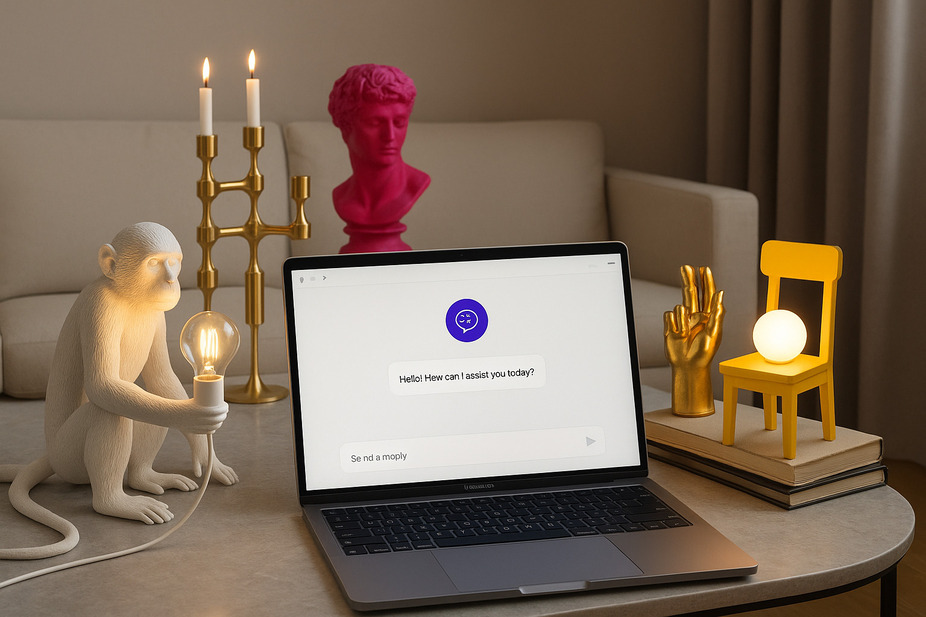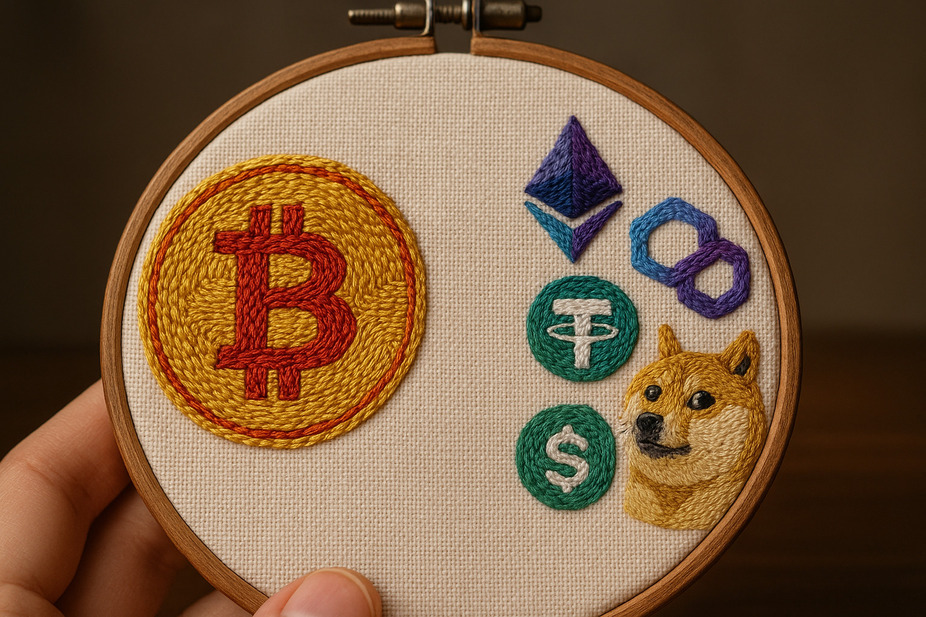Unearthing crypto gems: your secret weapon, ChatGPT

Do you ever feel like finding the next big cryptocurrency is just luck? Most people do! But the truth is, the really smart investors know it’s not about luck at all – it’s about working hard. Imagine having a very clever assistant who can help you find real value among thousands of tokens. That’s exactly what ChatGPT and other AI tools can do for you.
This guide will show you how to use ChatGPT to do all your crypto research.
The nitty-gritty – what you’ll learn
- ChatGPT can be your market whisperer, pulling together social media chatter and news sentiment to clue you into early buzz and emerging trends around new tokens.
- Feed it technical charts and raw transaction data, and ChatGPT can help you track where the “smart money” is moving, revealing whether big players are buying up or selling off.
- Using different specialized “GPTs” (custom versions of ChatGPT) allows you to cross-reference everything from market sentiment to how safe a token’s contract is, leading to much more informed decisions.
- You can even build an automated system to hunt for high-potential tokens, using data on things like tokenomics, unique patterns, and overall market activity.
Feeling the market’s pulse: sentiment and narrative with ChatGPT
Even if a crypto project has the best technology, it might not be successful if no one knows about it. A real “hidden gem” is often one that’s just starting to become popular. ChatGPT can help you understand what most people think by finding information from all over the internet.
For example, you could find some recent headlines from major crypto news sites or take out comments from popular social media platforms like X (formerly Twitter) or Reddit. Then, simply ask ChatGPT:
“Hey, can you look at these news headlines and social media comments about [coin name]? Please give me a brief overview of how people feel about the general market. Are there any new stories or narratives emerging? And importantly, are there any potential problems or major worries the community is discussing?”
The AI will then look at this data and give you a summary, telling you if the general feeling is neutral, positive, or negative, and which specific topics are really getting people talking. It’s a great way to understand how the market is feeling.
ChatGPT can help you see how a project’s ecosystem is growing. While it can’t see real-time data, you can feed it pictures from platforms like DefiLlama. Try using a prompt like:
“Based on these figures showing the total value locked for various protocols within the [coin name] ecosystem, which areas seem to be gaining the most traction, and which specific protocols have seen the fastest growth over the last month?”
By asking it this way, ChatGPT can highlight the standouts – those protocols that are attracting liquidity and users much faster than their peers. These aren’t just technically sound projects; they’re the ones capturing market attention and building the kind of momentum that often leads to significant price movements.
Did you know? A 2025 study by MEXC Research found that a whopping 67% of Gen Z crypto traders had used at least one AI-powered trading bot or strategy in the past 90 days. It really shows how a new generation is embracing automated, AI-assisted trading!
Becoming a data detective: advanced analysis with ChatGPT
For the more experienced traders, diving into technical charts and on-chain metrics can uncover some truly exceptional opportunities. This is where you shift from just being a researcher to becoming a full-blown analyst, actively collecting specific data to feed to the AI for deeper insights.
If you want help interpreting technical indicators, you can give ChatGPT raw data straight from your charting platforms. For instance, you can provide the values for things like the Relative Strength Index (RSI), MACD, and different moving averages for a specific coin over a set period.
A super useful prompt could be:
“Analyze the following technical indicator data for [Coin Name] over the last 90 days. Looking at the provided RSI, MACD, and the 50-day and 200-day moving average crossovers, what can you tell me about the current market trend and any potential price movements coming up? Please highlight any clear bullish or bearish signals you find.”
And for truly understanding what’s happening behind the scenes, you can analyze on-chain data – the actual transactions on the blockchain. Just copy and paste raw data from a block explorer or an analytics tool.
Unleashing ChatGPT’s superpowers: custom GPTs
In the crypto world, ChatGPT really shines when you start using GPTs. These are custom versions of ChatGPT specifically tweaked for particular tasks. Many GPTs are designed to extend ChatGPT’s abilities, like dissecting smart contracts, summarizing dense blockchain research, or pulling structured market data. You might use one GPT for checking a token’s contract safety, another for tracking specific on-chain wallets, or even one dedicated to parsing complex crypto research reports.
Here’s how to get started with these powerful tools:
- Get a ChatGPT Subscription: To unlock the world of GPTs, you’ll need a ChatGPT Plus account, which costs $20 a month.
- Explore the GPT Store: Once you’re subscribed, just click “Explore GPTs” in the left-hand menu. Use the search bar to find GPTs relevant to crypto – there are tons! Pick the one you want and launch it.
You can actually run several GPTs at once in your workflow – imagine combining a GPT that quickly summarizes a token’s economic model with another that checks its smart contract for vulnerabilities. But here’s the golden rule: these tools are there to speed up your own research, not to replace your critical thinking entirely.
Building your own crypto scanner with ChatGPT
You can take things a step further than just one-off questions. ChatGPT can become part of an automated system to constantly discover new opportunities.
Start by creating “embeddings” – basically, numerical representations – from project whitepapers, social media posts, and even GitHub code commits. Combine these to find unusual projects that need to be checked over. Then, add a “tokenomics risk score” that looks at how many coins are in circulation, when more will be released, and investor vesting schedules. Don’t forget to use a “liquidity depth” metric, which is calculated using order book snapshots and data from decentralised exchanges (DEX) pools. You can even set it to spot unusual activity like unusually large transfers or contract interactions as it happens.
To get this system running, you’d collect data using APIs from sources like GitHub, CoinGecko, and Etherscan. Process this data with a programming language like Python to generate your numerical metrics and embeddings. Then, apply clustering and anomaly detection algorithms to highlight those unique projects. Finally, push all these insights into a dashboard or alert system so you can act quickly.
And don’t forget to “backtest” your signals! This means replaying past on-chain events and transaction flows to see if your system would have correctly identified good trades. This transforms scattered data points into a structured process that consistently produces high-quality trade ideas.
The bottom line
Bitcoin might still be the most popular cryptocurrency, but there are many other new and exciting projects out there. By using ChatGPT, you’re not just hoping for luck; you’re doing smarter, more efficient research. It’s about turning complicated data into useful information, helping you stay ahead in the fast-changing world of cryptocurrency.








